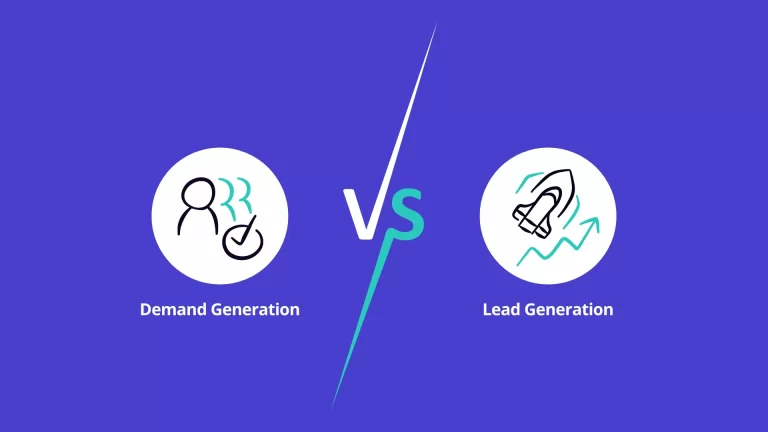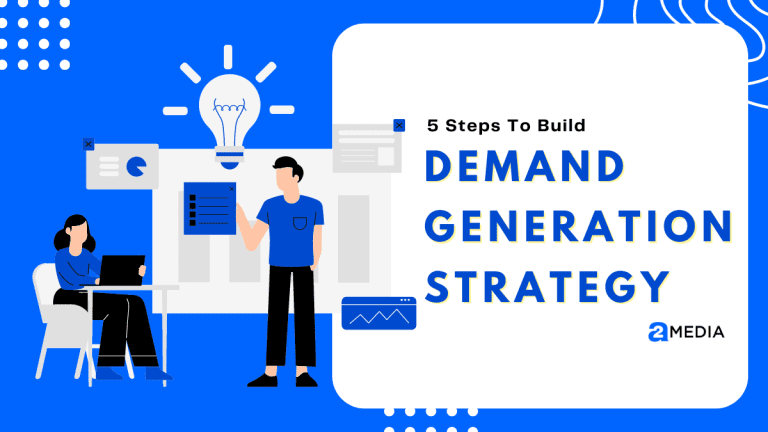How to Develop an Effective Outreach Strategy for Your Business
As a business owner, you understand the importance of reaching out to your target audience effectively.
An outreach strategy is a plan that outlines how you will connect with potential customers and create a long-lasting relationship with them.
A well-designed outreach strategy can help you attract new customers, retain existing ones, and grow your business. In this article, we will discuss how to develop an effective outreach strategy for your business.
What is Outreach Strategy?
An outreach strategy is a plan that businesses use to connect with potential customers, engage with them, and create long-lasting relationships.
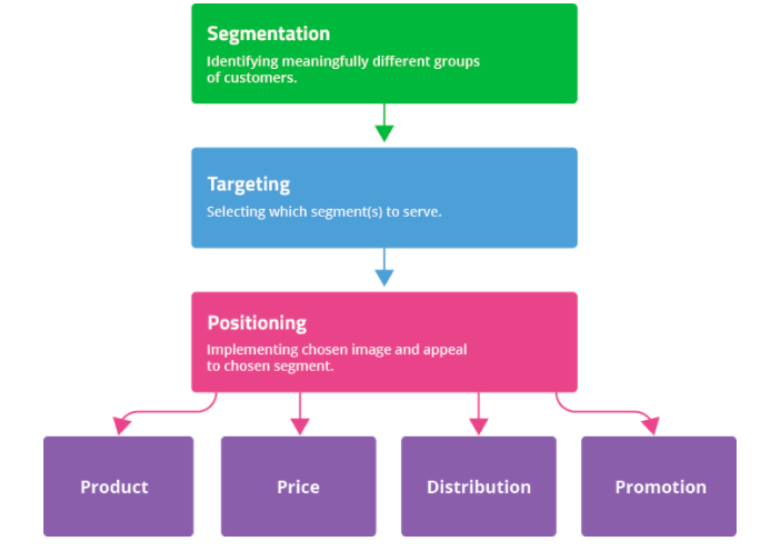
An effective outreach strategy involves defining your target audience, crafting your outreach message, choosing your outreach channels, and measuring your outreach performance.
By developing an outreach strategy, businesses can attract new customers, retain existing ones, and grow their business.
Let’s explore the essential steps you need to follow to develop an effective outreach strategy for your business.
Define Your Target Audience
The first step in developing an effective outreach strategy is to define your target audience.
It is essential to know who your potential customers are, what they are interested in, and what problems they are facing.
By defining your target audience, you can create targeted messages that resonate with them and address their needs.
To define your target audience, you can use various methods such as:
1. Analyze Your Existing Customers
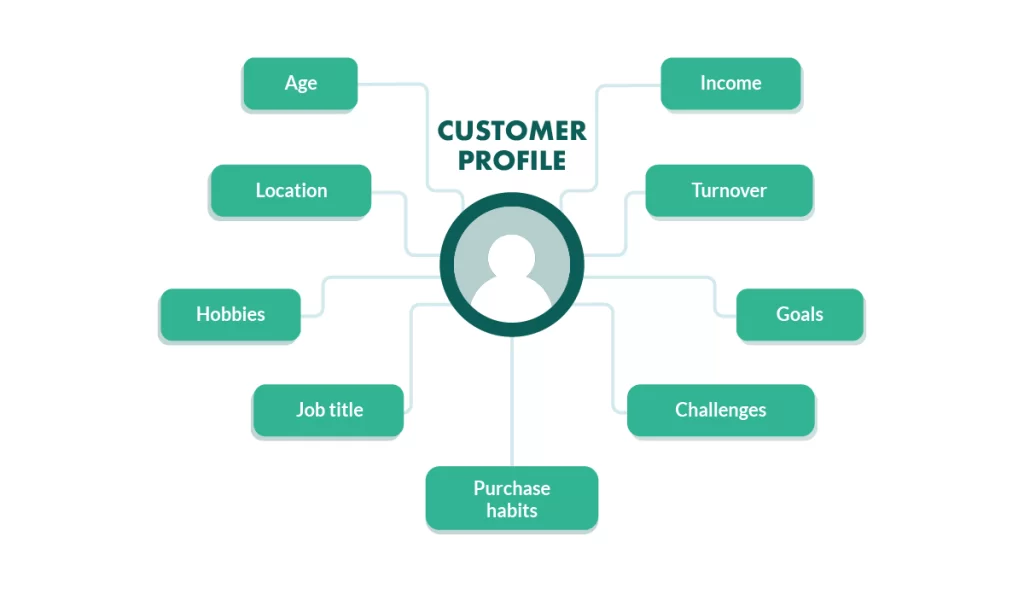
Look at your existing customer base and identify common characteristics such as age, gender, income, education level, and buying behaviour.
This information can help you create customer personas and tailor your outreach messages accordingly.
2. Conduct Market Research
Conduct market research to identify the size of your potential market, demographics, and psychographic.
This information can help you identify your target audience and understand their needs and preferences.
3. Use Social Media Analytics

Use social media analytics tools to analyze your followers’ demographics and behaviour.
This information can help you create targeted messages and engage with your audience effectively.
Craft Your Outreach Message
Once you have identified your target audience, the next step is to craft your outreach message. Your message should be clear, concise, and resonate with your target audience. Your message should also address their needs, problems, and pain points.
Keep these tips in mind while crafting your outreach message:
- Identify Your Unique Selling Proposition (USP): Your USP is what sets you apart from your competitors. Identify your unique features, benefits, and advantages and highlight them in your outreach message.
- Use Emotional Triggers: People make buying decisions based on emotions. Use emotional triggers such as fear, greed, joy, or curiosity to create an emotional connection with your target audience.
- Use Storytelling: Storytelling is a powerful tool that can help you create a connection with your audience. Use stories that illustrate how your product or service can solve their problems or make their lives better.
Choose Your Outreach Channels
The next step in developing an effective outreach strategy is to choose your outreach channels. There are various outreach channels you can use to connect with your target audience, including:
1. Social Media

Social media platforms such as Facebook, Twitter, LinkedIn, and Instagram can help you reach a large audience and engage with your followers.
2. Email Marketing
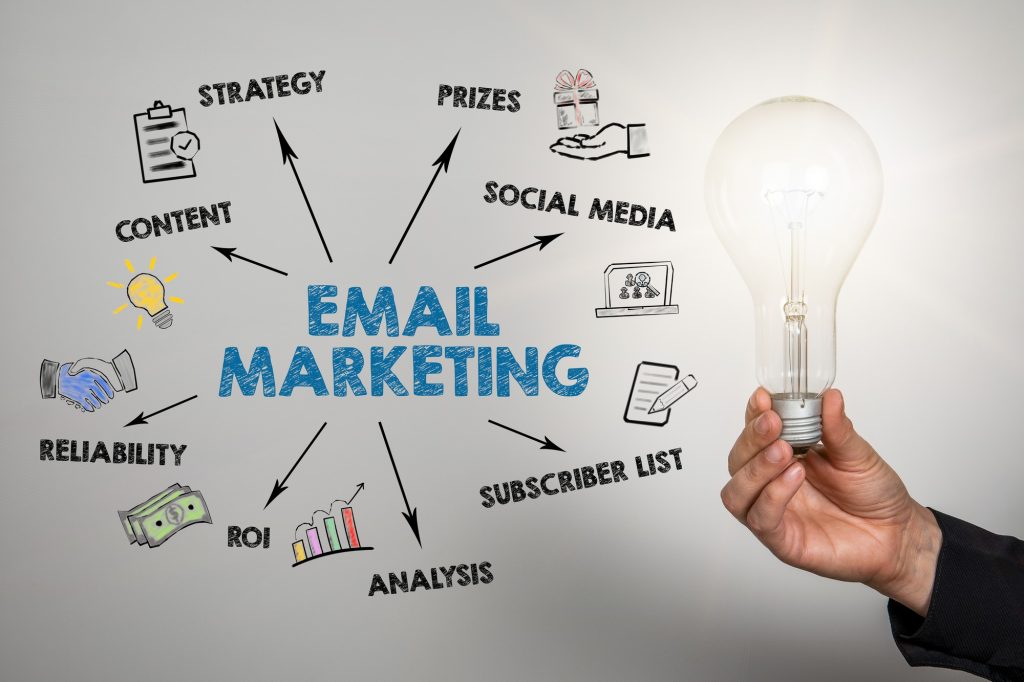
Email marketing is a cost-effective way to reach out to your target audience and promote your products or services.
3. Influencer Marketing

Influencer marketing involves partnering with influencers to promote your products or services. Influencers have a large following on social media and can help you reach a broader audience.
4. Content Marketing
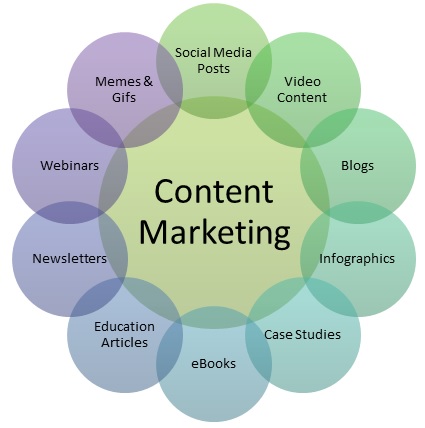
Content marketing involves creating valuable content such as blog posts, videos, and infographics to attract and engage your target audience.
5. Events and Conferences
Events and conferences provide an opportunity to connect with your target audience in person and build relationships.
Measure Your Outreach Performance
The final step in developing an effective outreach strategy is to measure your outreach performance. Measuring your outreach performance can help you identify what is working and what is not and make necessary adjustments.
To measure your outreach performance, consider the following metrics:
1. Engagement

Engagement metrics such as likes, shares, comments, and retweets can help you measure your audience’s interest and involvement.
2. Traffic

Traffic metrics such as website visits, page views, and bounce rate can help you measure the effectiveness of your outreach channels.
3. Conversion
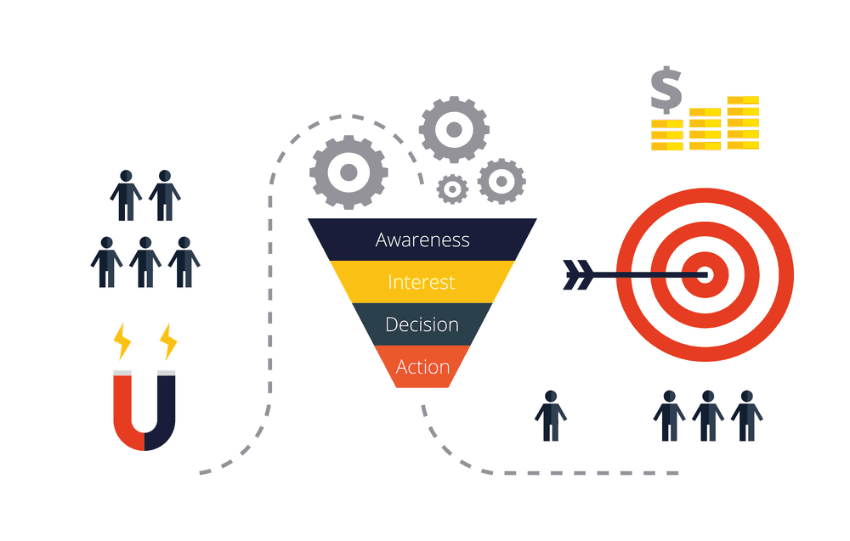
Conversion metrics such as leads, sales, and revenue can help you measure the effectiveness of your outreach in generating business results.
4. Return on Investment (ROI)
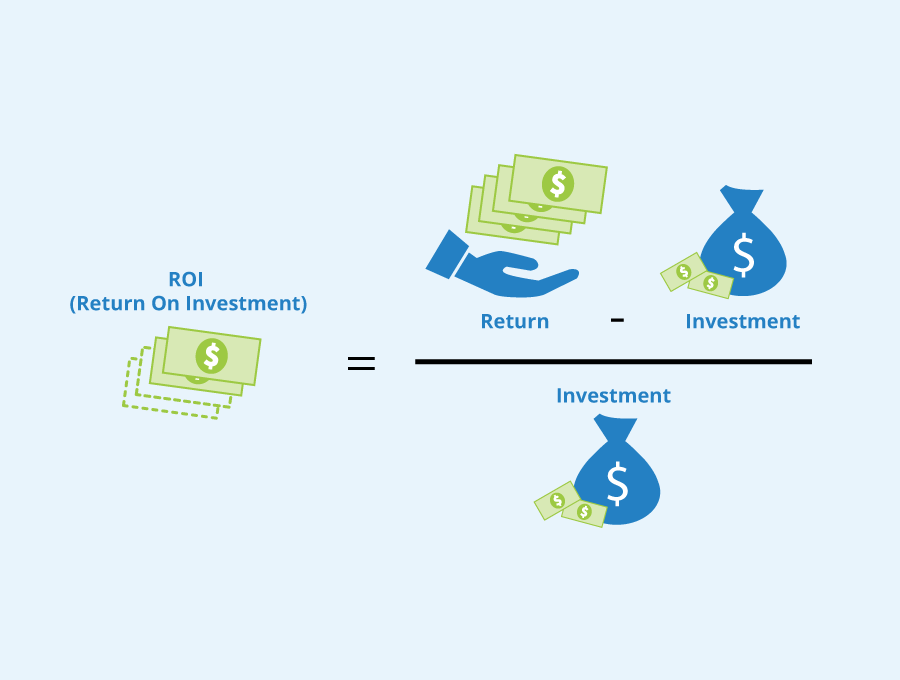
ROI is a critical metric that helps you understand the value of your outreach efforts compared to the resources invested.
By measuring your outreach performance, you can identify areas of improvement, adjust your outreach strategy, and optimize your outreach efforts for better results.
Tips for Developing an Effective Outreach Strategy
Consider the following tips to develop an effective outreach strategy:
- Be Consistent: Consistency is key to building trust and credibility with your target audience. Consistently reach out to your target audience through various channels and provide them with valuable content.
- Personalize Your Outreach: Personalizing your outreach messages can help you create a connection with your target audience and increase engagement. Use their names, personalize your content, and tailor your messages to their needs and preferences.
- Focus on Building Relationships: Building relationships with your target audience is critical for long-term success. Focus on providing value, engaging with them, and addressing their needs to build trust and credibility.
- Test and Optimize: Test different outreach channels, messages, and strategies to identify what works best for your business. Optimize your outreach efforts based on data and metrics to improve your results.
Conclusion
Developing an effective outreach strategy is critical for business success. By defining your target audience, crafting your outreach message, choosing your outreach channels, and measuring your outreach performance, you can connect with your target audience, build relationships, and achieve business results.
Remember to be consistent, personalize your outreach, focus on building relationships, and test and optimize your efforts for better results. With these tips in mind, you can develop an outreach strategy that resonates with your target audience and helps you achieve your business goals.




